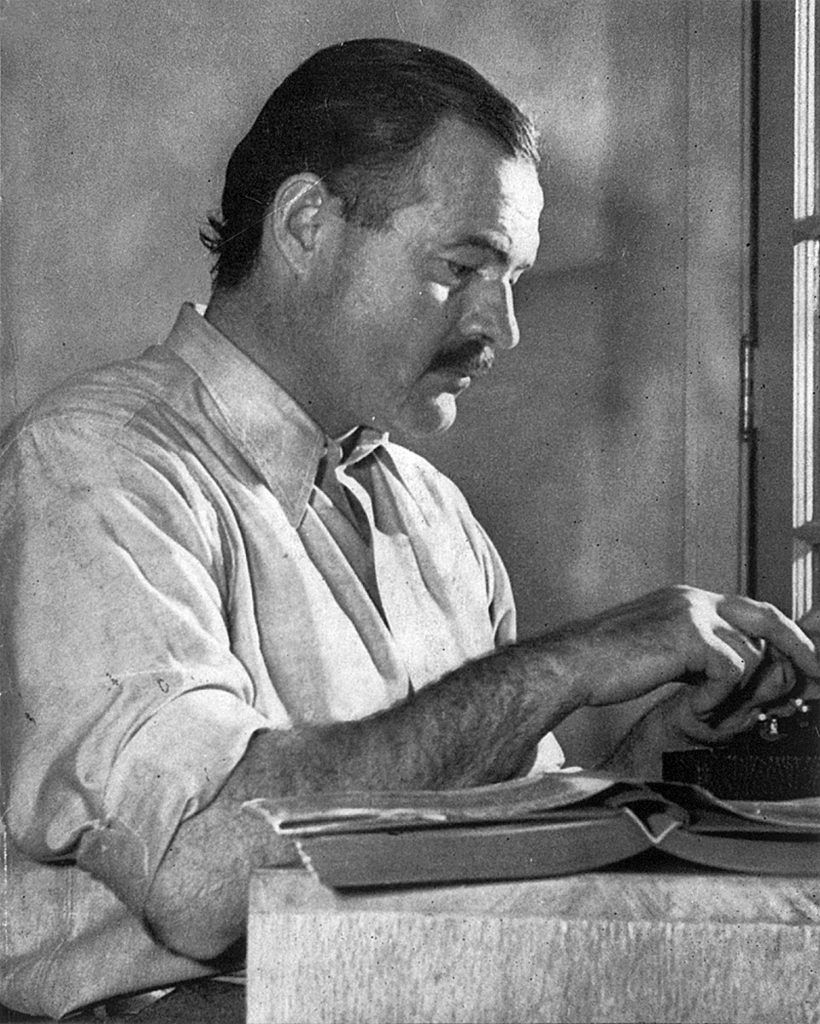Probably the most controversial thing I say in my “How to Review the Literature” talk is that you shouldn’t write a literature review. (I normally credit — or blame, if you will — Ezra Zuckerman, but for some reason I forgot this year. Sorry, Ezra.) I also understand if it comes as something of a surprise to my audience. After all, my first talk was called “How to Write a Research Project” and next week’s talk will be “How to Write the Theory Section.” It would be reasonable to assume that last week’s talk could just as well have been called “How to Write a Literature Review,” not merely “how to review the literature,” but, in fact, the difference is important. I was not talking about how to write at all; I was talking about how to review the literature, i.e., how to search for it and how to read it when you find it.
Now, students and scholars are sometimes asked very explicitly, by their teachers or editors, to do exactly what Ezra and I recommend against. In such cases, I’m afraid, there’s no way around it. You will need a heading called something like “A Review of the Literature” and you will need to explicitly demonstrate that you are familiar with the most important work in the tradition that you’re working in. Here, I recommend that you see the problem as one of providing the scholarly backstory for the theoretical model you will be presenting in the theory section. Ezra and I think that you should really just leave that out and present the model with the relevant references to your tradition directly. But, like I say, if you’ve been told to show your work, try to make the story itself as interesting as the theory is compelling.
You’re trying to work towards a description of the “state of the art” in your discipline. As we’ll discuss in tomorrow’s talk, your theory really just summarizes your reader’s expectations of your object, and it’s actually useful to think about how you would tell the story of how those expectations were shaped if you had to. That will not be exactly the same story as the one of how your expectations (or even those of your reader) were shaped because you (both) probably learned the theory in a more efficient way. But the expectations (the concepts and assumptions) do have a history that can be traced back through the traditions in your discipline. Sometimes they can be traced back all the way to Aristotle, sometimes you can locate a relevant “origin story” in the eighteenth century or in the 1950s or even more recently than that. The point is that your review of the literature will locate the “seminal” work in your tradition and then follow its development into the mature theory that you’re using today.
Being aware of this history is very valuable. The effort you make to achieve this awareness is never wasted, even if you follow our advice and serenely disdain to bore your reader with the record of your struggle. Also, though you’ll always be engaging in some sort of “rational reconstruction”, reading the literature closely can almost feel like reading a novel with characters and settings and conflicts. It’s important to remind yourself that theories aren’t just abstract arrangements of concepts on some ideal plane, they are the themes of conversations that have been going on for decades, even centuries. This difference will be useful when we talk about how to write your introduction; being able to shift your perspective from the abstract plane of “theory” to the much more material reality of “scholarship” is a useful skill. And it does of course require you to know something about the literature.
Never write literature reviews. No one likes to read literature reviews. They are borrring. So don’t write them. But that doesn’t mean you should ignore “the relevant literature.” To the contrary. You have raised a puzzle about the real world (see tips 3-5). One reason why it is a puzzle is because existing answers are compelling (see point 7), but flawed. So you review the literature not as an end in itself but because you show what is compelling but flawed about existing answers. Any research that does not pertain to that objective can remain unmentioned. (Ok, ok. Some reviewers will demand to see their names or that of their favorite scholars even when their work is essentially irrelevant. And it is usually good to anticipate that. But try to do as little as possible.)
EZRA ZUCKERMAN, “TIPS TO ARTICLE WRITERS”
Ezra is right to say that you are looking, in part, for the limits of the existing literature. It’s often suggested that you should be looking for “gaps”, but, in so far as these exist, you should actually try to fill them in with presumptions. (This idea, that theories are presumptions, is something I learned from Steve Fuller many years ago and which I’ll unpack in tomorrow’s talk.) That is, if one glaring feature of the literature in your tradition is the lack of any work on the subject that you are interested in, then you should read the literature looking for what your reader expects in their ignorance, not simply for a basis to claim that the reader probably doesn’t expect anything at all and will therefore (presumably!) be happy to learn whatever you find out. Ezra says you’re looking for the sense in which a theory is “compelling but flawed”. We might also say you’re trying to assure your readers that you think they’re rational before you tell them they’re mistaken. They have good reasons to to expect what they expect; though you think they’re wrong, you don’t think they’re stupid. Indeed, you know the story of how they came to think that way. If you hadn’t discovered the facts you did, you’d probably think like that too.

